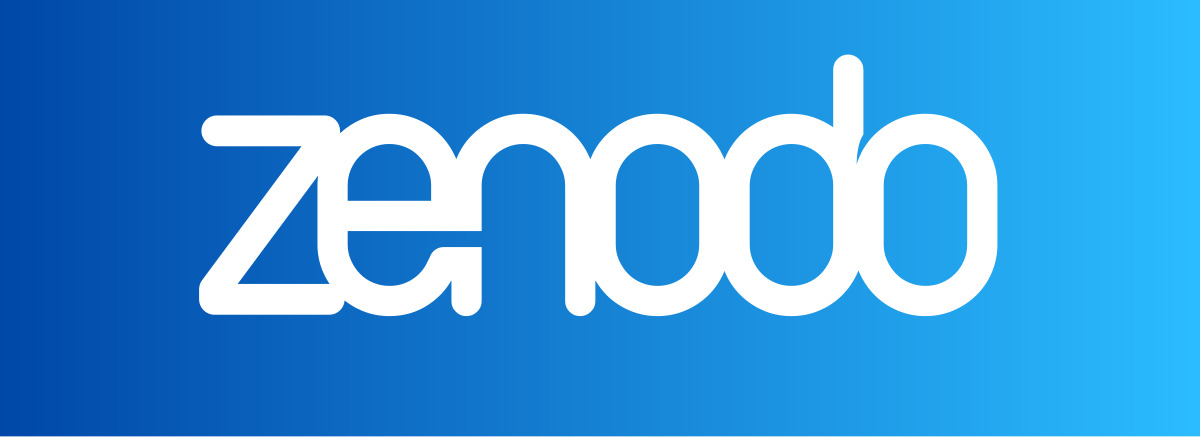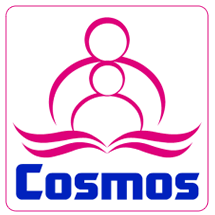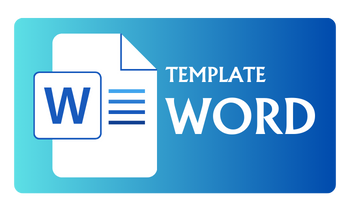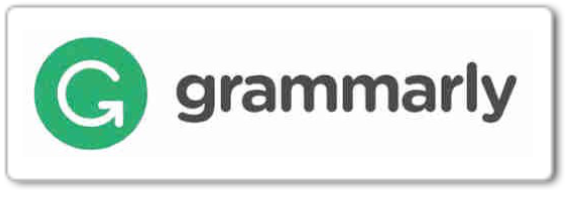
Plagiarism Policy
Each submitted article will undergo a plagiarism check before being deemed suitable for publication. The maximum tolerance limit for plagiarism is 20%. The tools used for checking are Turnitin or iThenticate.
Allegations of Misconduct
Our journal is committed to upholding the highest standards of publication ethics and takes all allegations of misconduct seriously. Misconduct includes, but is not limited to, plagiarism, data fabrication, data falsification, and unethical research practices.
Process:
1. Initial Assessment: Upon receiving an allegation, the editor will conduct an initial assessment to determine if the claim has merit.
2. Investigation: If the allegation is credible, a thorough investigation will be conducted. This may involve consulting with the authors, reviewers, and relevant institutions.
3. Outcome: Based on the investigation, appropriate actions will be taken. These can range from correcting the published record to retraction of the article. All findings and actions will be documented.
4. Notification: All parties involved will be informed of the investigation's outcome.
Appeals Process
Authors have the right to appeal editorial decisions if they believe their manuscript was rejected unfairly or if there was a misunderstanding in the review process.
Process:
1. Submission of Appeal: Authors must submit a written appeal, explaining in detail the grounds for the appeal and send it by e-mail to the editor in chief.
2. Review of Appeal: The appeal will be reviewed by a different editor or an independent reviewer not involved in the original decision.
3. Final Decision: The final decision will be communicated to the author after careful consideration of the appeal. This decision is final and binding.
Complaints Process
We strive to ensure that all complaints are handled fairly, promptly, and transparently. Complaints can be related to the journal's editorial process, ethics, or other aspects of publication.
Process:
1. Submission of Complaint: Complaints must be submitted in writing, clearly stating the issue and providing relevant details.
2. Acknowledgment: Upon receipt, the complaint will be acknowledged, and an estimated timeframe for resolution will be provided.
3. Investigation: The complaint will be investigated by the editorial team or an appointed independent party.
4. Resolution: After the investigation, appropriate actions will be taken to resolve the issue. The complainant will be informed of the outcome and any corrective measures implemented.















